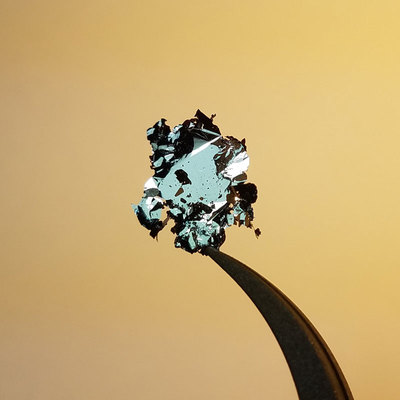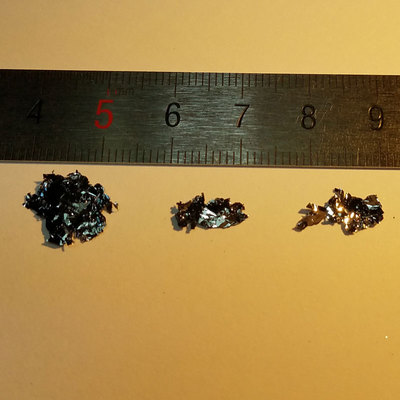Description
MoWS₄ Crystals (Molybdenum Tungsten Tetrasulfide)
MoWS₄ is a layered transition metal chalcogenide alloy that combines the properties of both MoS₂ and WS₂. This mixed-metal sulfide exhibits tunable electronic, optical, and catalytic properties, depending on the Mo:W ratio, making it highly suitable for applications in nanoelectronics, optoelectronics, energy storage, and catalysis. Our MoWS₄ crystals are synthesized using the Chemical Vapor Transport (CVT) method, ensuring high purity, excellent crystallinity, and uniform composition.
Sample Size Options:
Crystals larger than 10 mm²
Crystals larger than 25 mm²
Material Properties:
Layered Van der Waals Structure: Enables easy exfoliation into monolayers or few-layer sheets for 2D material research.
Tunable Bandgap: Depending on the Mo:W ratio and layer thickness, the bandgap ranges between ~1.4 eV (bulk) and ~1.8–2.0 eV (monolayer), suitable for optoelectronic devices.
High Carrier Mobility: Ideal for field-effect transistors (FETs) and high-speed nanoelectronic applications.
Enhanced Catalytic Activity: Superior performance in hydrogen evolution reactions (HER) due to synergistic effects between Mo and W atoms.
Excellent Thermal and Chemical Stability: Maintains structural integrity under harsh environmental conditions.
Crystal Structure:
Type: Hexagonal layered structure (2H phase)
Features: Uniform, defect-free surfaces with well-defined crystallinity, perfect for device fabrication and material characterization.
Degree of Exfoliation:
Ease of Use: Easily exfoliated into monolayers or few-layer nanosheets for advanced materials research and heterostructure assembly.
Other Characteristics:
Optoelectronic Properties: Strong photoluminescence and light absorption across the visible spectrum.
Spin-Orbit Coupling: Enhanced spintronic properties due to the presence of tungsten atoms.
Anisotropic Transport: Direction-dependent electronic and optical properties for advanced device designs.
Applications:
Optoelectronics:
Ideal for photodetectors, light-emitting diodes (LEDs), and photovoltaic devices due to strong light-matter interactions.
Nanoelectronics:
High-performance material for transistors, logic circuits, and flexible electronics.
Catalysis:
Excellent electrocatalyst for hydrogen evolution reactions (HER) and other energy-related catalytic applications.
2D Material Studies:
Perfect for exfoliation into monolayers and integration into van der Waals heterostructures.
Sensors:
High sensitivity for gas detection, chemical sensing, and biosensing applications.
Synthesis Method:
Chemical Vapor Transport (CVT): Ensures high-quality crystals with excellent purity, uniform composition, and superior structural integrity.
Additional information
| CAS Number | N/A |
|---|


